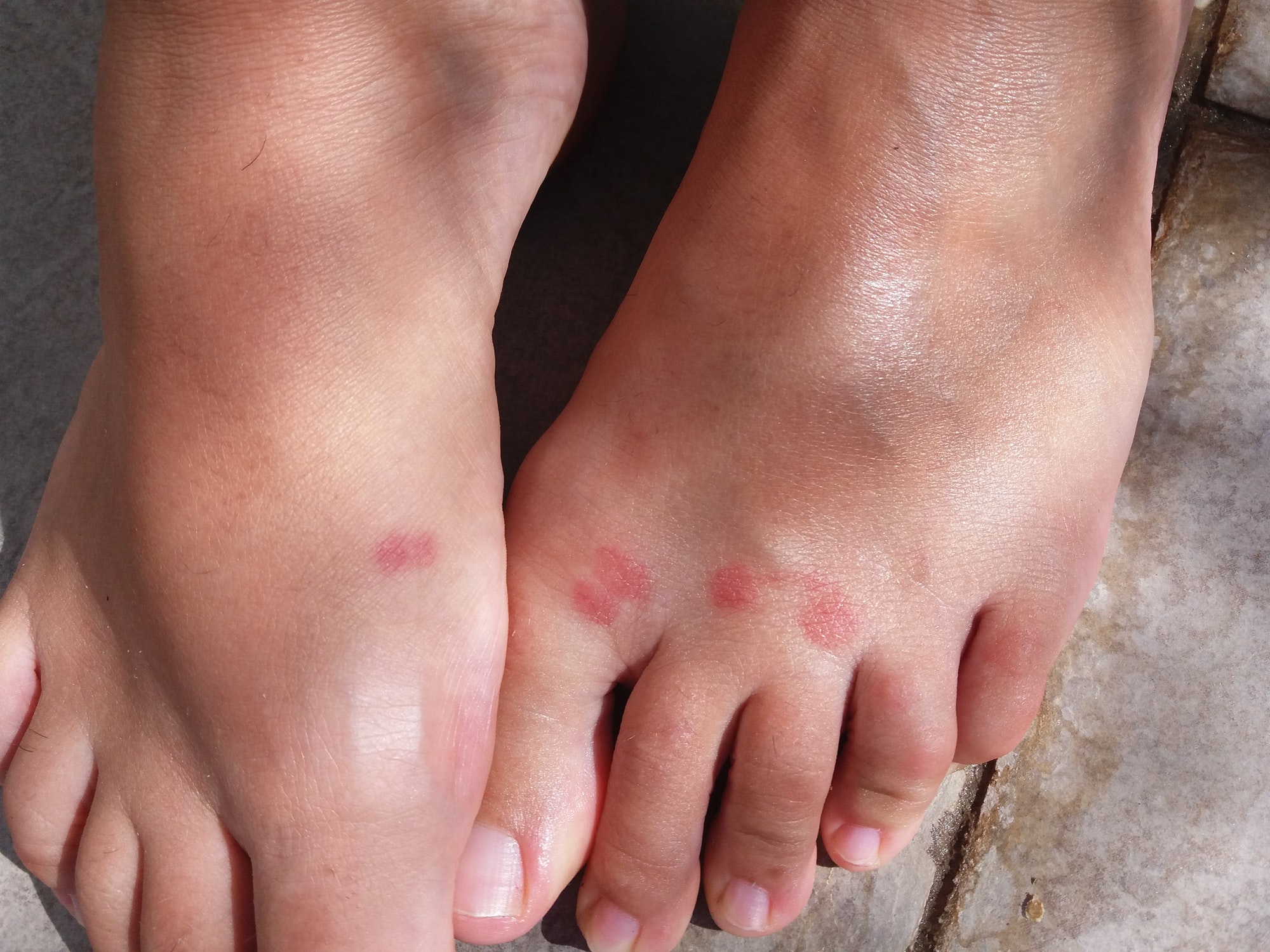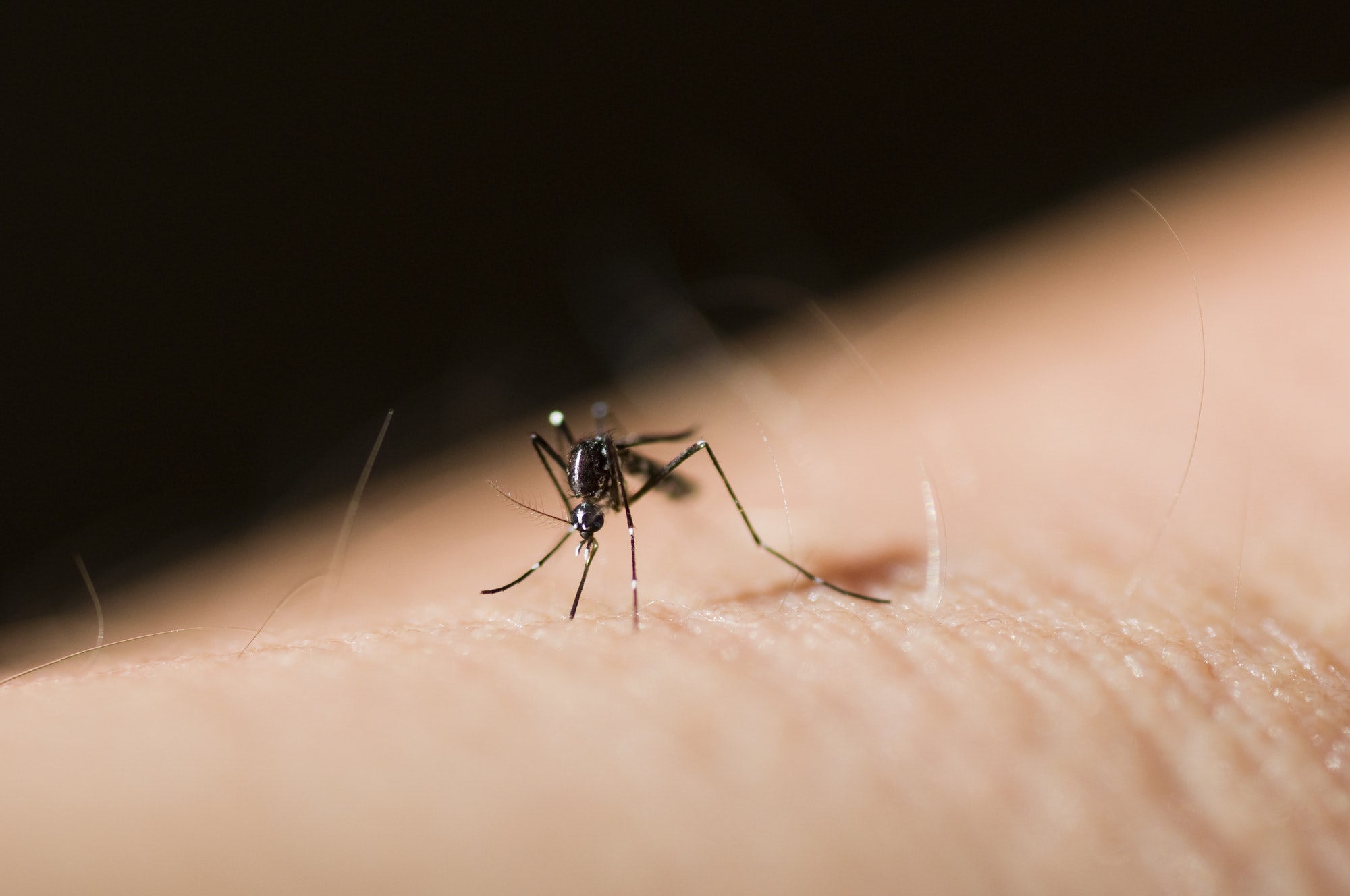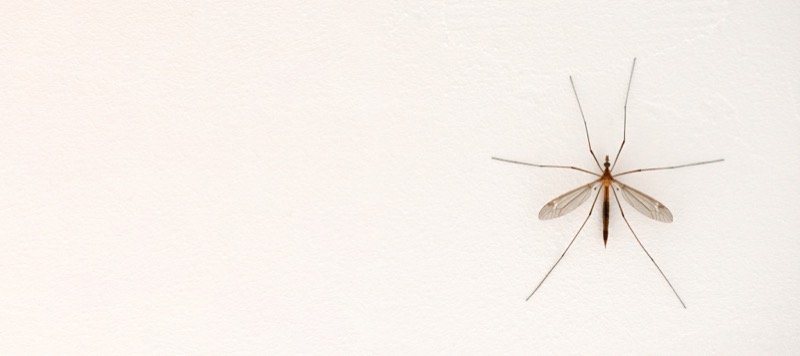Top Mosquito-Borne illnesses in The U.S
Mosquitoes are known for the many diseases that they carry and can easily transmit, thus making its species one of the deadliest in the world. Statistics show that over a million people die worldwide due to mosquito-borne illnesses. However, many of these diseases aren’t only prone to humans, animals such as dogs, cats, and horses are at risk as well.
These diseases that may affect animals include the West Nile virus, Dog Heartworm, and the Eastern Equine Encephalitis. There’s a wide range of diseases that originated from mosquitoes such as the Yellow Fever, the Vika virus, Malaria, etc. A few that have had a higher number of cases in the U.S are the West Nile virus, the Eastern Equine Encephalitis and Yellow Fever.
The West Nile virus was one of the most impactful mosquito-borne illnesses in the U.S. It first made an appearance in 1999, causing an outbreak in North America in 2002. Studies show that around 2,300 people have died in the U.S due to the virus since it was first discovered.

This disease is mainly spread to others through the bite of a mosquito that has been infected. The West Nile virus is also known to be spread from mother to baby through pregnancy or through the transfusion of blood or an organ.
Cases of this disease have a higher peak during mosquito season, that being in the warmer climates such as summer through the beginning of the fall season.
Unfortunately, there are no vaccines to prevent this illness or any medications to treat those who become infected, however, many don’t develop any symptoms at all. It was reported that only 1 in 5 people show symptoms of fever, vomiting, diarrhea, or headaches. And the chances of getting more serious symptoms such as disorientation, high fever, and paralysis is about 1 in 150 people. If symptoms do escalate it is important to seek medical attention.

Another disease that had a large impact in the U.S was the Eastern Equine Encephalitis. This outbreak that took place in 2019, was the largest since 1930. Statistics show that on average there are about 11 cases of this disease annually in the U.S. However, in 2019 it was reported there were 38 cases.
It was also discovered that those who reside in states near the Gulf Coast are more vulnerable to this disease because mosquitoes tend to be more populated in swamp areas, and like the West Nile Virus, this disease is transmitted through the biting of an infected mosquito.
Although Eastern Equine Encephalitis is a rare condition, it is known to be a fatal condition. Approximately 30 percent of people who become infected die and those who overcome it suffer with neurological problems.
The Yellow Fever epidemic is another mosquito-borne illness that had its vast impact in the U.S. This malady was first discovered in the 1690s killing about 8,000 people in the city of New Orleans. Like the Eastern Equine Encephalitis, this disease invaded more southern states that are known to be more swampy areas.
The most recent outbreak of the Yellow Fever took place in 1817 through 1905 resulting in over 41,000 deaths. People who became infected would begin to experience fever and joint pain, later leading to liver and kidney malfunction. Other symptoms include vomiting, disorientation, and yellow pigmentation of skin. There is no cure known to treat this disease, however, it is an uncommon illness in modern days and only about 15 percent of those who get this fever show any serious symptoms
Mosquito-borne illnesses have been responsible for multiple deaths in this country, and the frightening part about all this is how easily these diseases can be transmitted to others. These maladies that were mentioned above are only a few of the many diseases that come to life from one the smallest living things in this universe, the mosquito.








